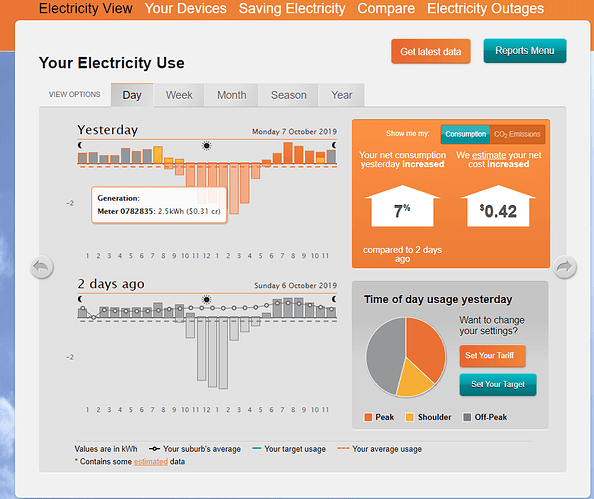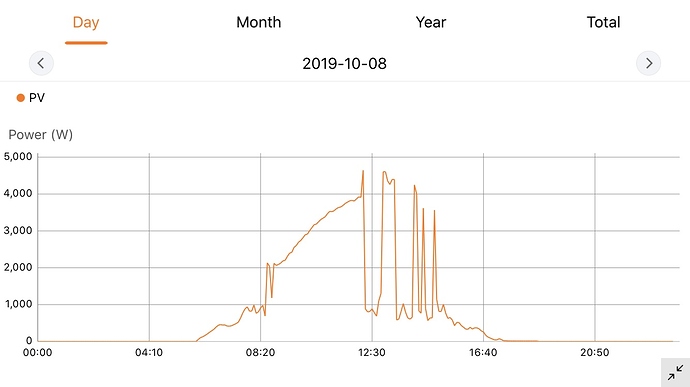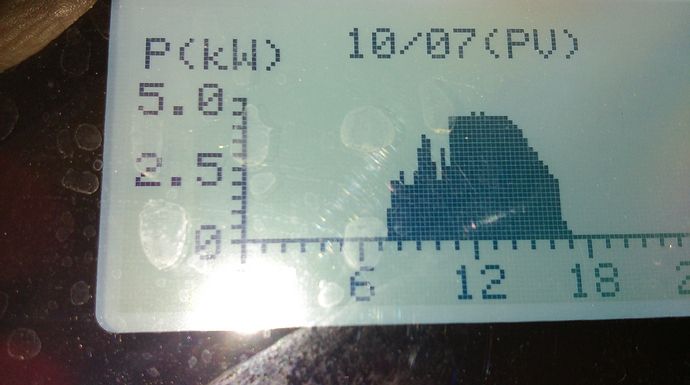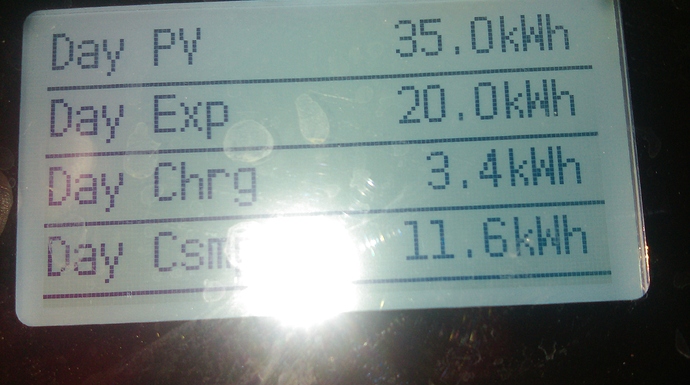Thanks very much for providing this information, Gordon - it is a topic that is close to my heart. I will read it thoroughly when I have the time.
I purchased a Modbus meter for solar monitoring, with the original installation of my system a year ago. It is handy and the data is granular, so it’s useful.
However, for those who don’t want to invest in this type of monitoring, some distributors offer free access to their portals, which provide data from the electricity meter. In my case, my distributor is United Energy, and their portal provides graphical views to show electricity consumption and feed-in. There are views to show the meter data aggregated:
- hourly over the course of a day;
- daily over the course of a week;
- daily over the course of a month;
- monthly over the course of a season;
- monthly over the course of a year.
You can navigate to prior periods, and each view also shows the equivalent previous period, for comparison purposes.
Here is a screen shot for my metered data for yesterday and the previous day.
In the graph, the solar export (feed-in) is shown as bars below the solid horizontal line. Consumption is shown as bars above the line.
At the time of writing (8:12am), I was able to fetch data up to 8am today so the data is quite current. I have a smart meter, which record readings at 30-minute intervals.
My father’s distributor is Ausgrid and they provide access to a similar portal - for free.
Data from the distributor-supplied meter only shows you the grid-centric view - being data that your household consumes from the grid, and excess solar generation that is exported back to the grid. Still, it’s very useful because you can see whether you’re exporting anything to the grid which - for most solar systems (depending on size and self-consumption) is enough to determine if your solar system is working.
What the distributor-supplied meter won’t tell you is the amount of solar energy that is generated by your solar system that is self-consumed by the household. Self-consumption can be measured via a “behind the meter” metering solution in the form of a optional extra in which one may opt to invest.



 but excursions that would cause shutdowns would likely show as anomalies regardless. The system is tracking its projected output within a reasonable margin, noting our weather is what it is.
but excursions that would cause shutdowns would likely show as anomalies regardless. The system is tracking its projected output within a reasonable margin, noting our weather is what it is.




